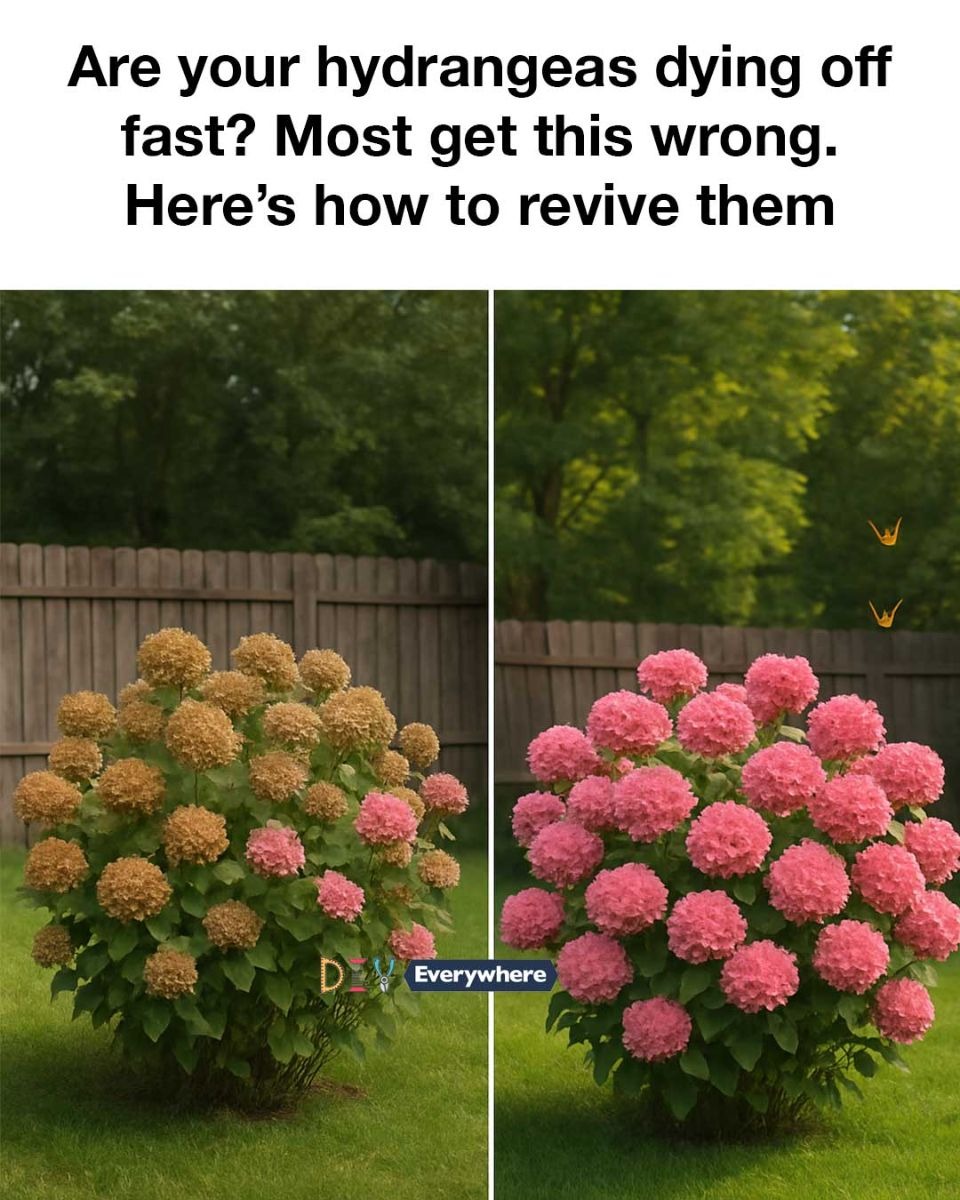8. Identifying and Treating Pests
Common pests that affect hydrangeas include aphids, spider mites, and scale insects. These pests can cause damage by sucking sap from the leaves and stems, leading to wilting and discoloration.
Regularly inspect your plants for signs of infestation. If pests are detected, treat them with insecticidal soap or neem oil. For severe infestations, consider using a systemic insecticide. Encourage beneficial insects, such as ladybugs, which can help control pest populations naturally.
9. Addressing Fungal Diseases
Fungal diseases, such as powdery mildew and leaf spot, can affect hydrangeas, especially in humid conditions. These diseases often manifest as white powdery patches or dark spots on the leaves.
To prevent fungal infections, ensure good air circulation around the plants by spacing them appropriately and pruning to remove dense growth. Water at the base of the plant to keep foliage dry, and apply a fungicide if necessary. Remove and dispose of any infected plant material to prevent the spread of disease.
10. Viral Hacks That Actually Work
Several viral gardening hacks can help improve the health of your hydrangeas. One popular method is using coffee grounds to adjust soil pH. Coffee grounds can slightly acidify the soil, which is beneficial for blue hydrangea blooms.
Another hack is using Epsom salt to enhance flower color and plant vigor. Dissolve 1 tablespoon of Epsom salt in a gallon of water and apply it to the base of the plant once a month. These simple tricks can make a noticeable difference in the appearance and health of your hydrangeas.
11. Seasonal Care Tips for Year-Round Health
Caring for hydrangeas requires attention throughout the year. In spring, focus on pruning and fertilizing as new growth appears. Summer care involves regular watering and monitoring for pests and diseases.
In autumn, prepare your hydrangeas for winter by applying a layer of mulch to protect the roots from freezing temperatures. In colder climates, consider covering the plants with burlap or a frost cloth. By following these seasonal care tips, you can ensure your hydrangeas remain healthy and vibrant year-round.
ADVERTISEMENT

